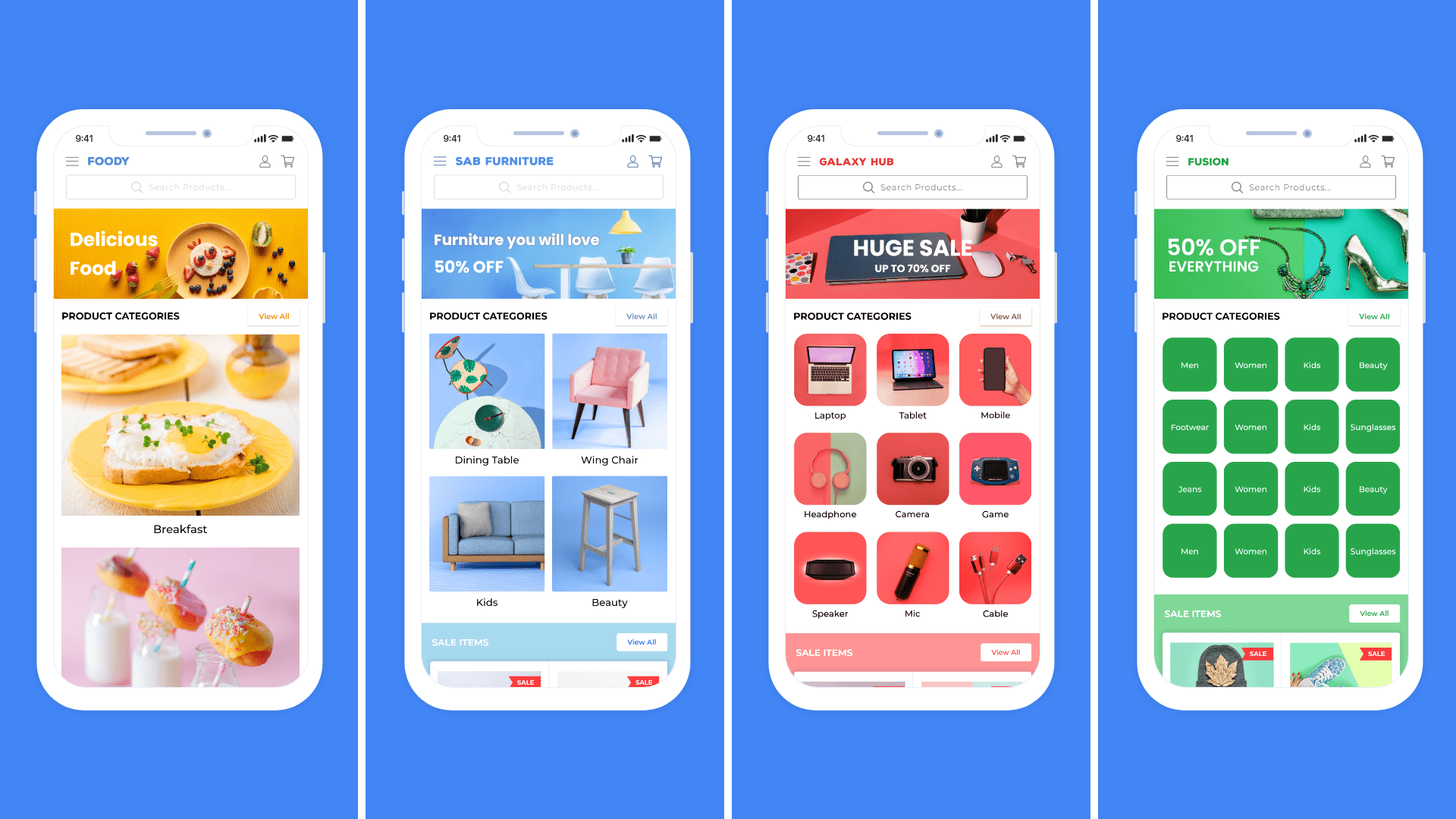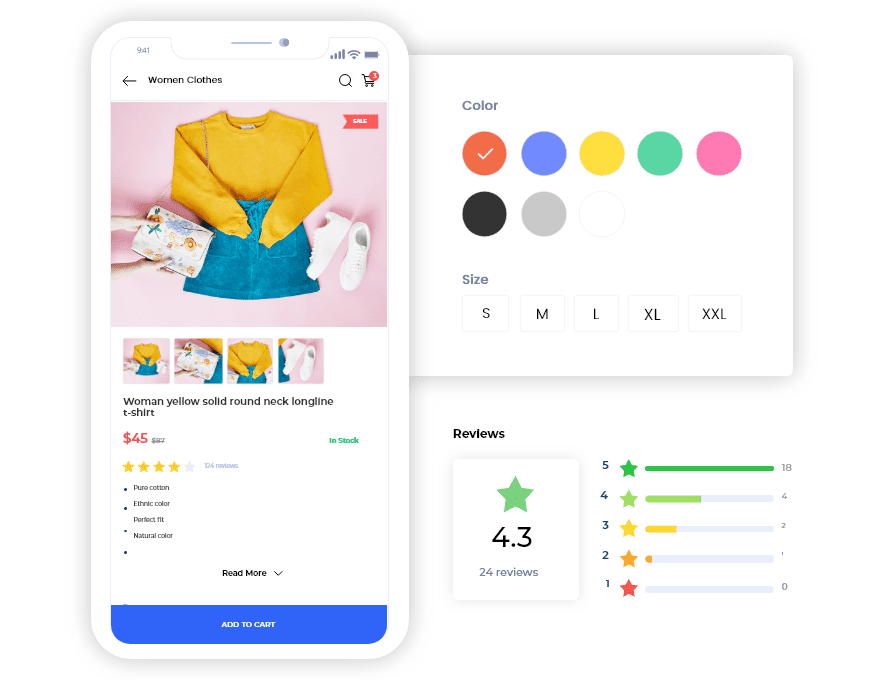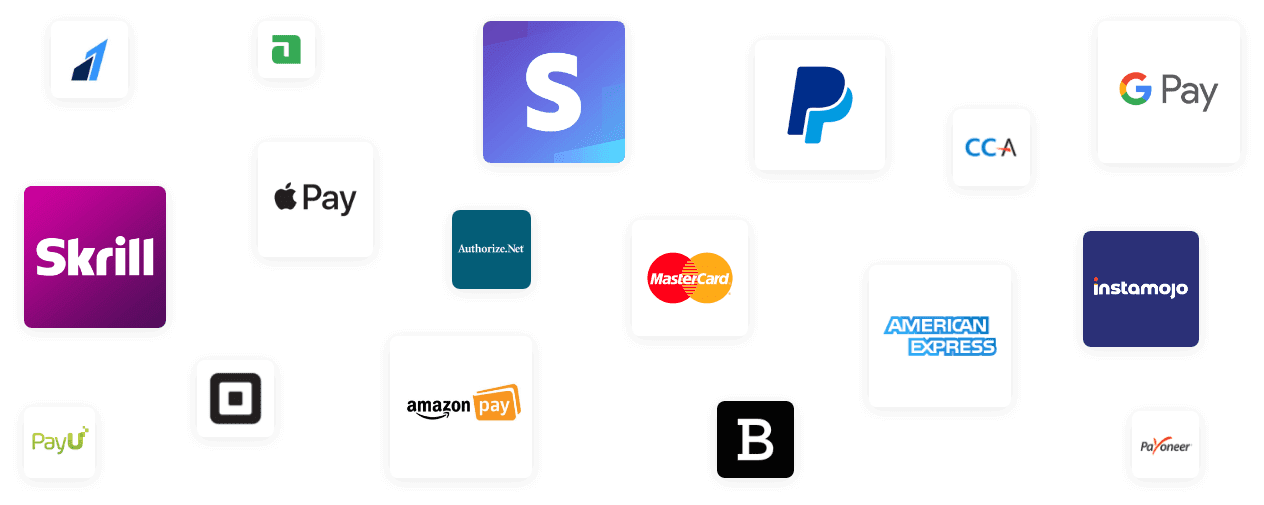Ecommerce stores look much different now compared to how they began in the late 90s. If you have been a regular online shopper for the past decade, you would recognize the sheer effortlessness of ordering products today.
A consistent push towards user experience optimization has made online retail nearly ubiquitous.
Even in the scope of development, online retail has come a long way. It is very easy to start an ecommerce website or build an app for your online store.
Ecommerce CMS options like WooCommerce and Shopify help businesses set up an online store without coding. Similarly, no-code app makers have simplified app development to a great degree.
So what is the main challenge? It is vital to create an ecommerce app that meets the expectations of modern-day shoppers. Here is a piece discussing ten features you should have on your WooCommerce app.
#1 – One-click registration
Simplifying user onboarding is unfortunately not given enough attention. Businesses simply set up login and signup screens without taking steps to simplify the process of incoming users.
You should ideally have one-step registration on your shopping app. This simply means that incoming users only have to go through one screen to login or sign up for your app.
Besides one-click registration, you can also add social login options to simplify user onboarding further. Tools like AppMySite will even enable you to add guest browsing and checkout features to your app.
#2 – Interactive home screen

The home screen is the first page every incoming visitor will see upon launching your app. There is no way you can realistically ensure app success without designing a great home screen.
What makes a good home screen?
There are no strict creative guidelines you need to follow while designing a home screen. Every different audience cohort has a different kind of expectation.
Some shoppers like a product-rich home screen with a lot of variety. Others prefer working with a personalized and minimalistic layout with limited niche suggestions.
You should study your own primary audience and design your home screen accordingly. App makers like AppMySite provide a ton of design features that will help you create a great home screen.
#3 – Easy mobile app navigation
One big part of running a good ecommerce app is ensuring smooth navigation.
You can’t expect your customers to go through four or five steps to reach a particular app screen. Your job is to create an app where every app screen is accessible within three steps at the most.
A simple way to improve app navigation is designing a great home screen. Most of your users will first arrive on your home screen. It is a good idea to make all your app screens easily navigable from this page.
You can also update the arrangement of sections on your home screen and increase the visibility of popular pages. This will further expedite the purchase journey of your customers.
A drawn-out purchase process is not in your best interest and not an advantage to your customers either. You should try and make every section of your app easily accessible.
#4 – Smart product discovery
Discovery is a big part of online retail. Customers don’t always arrive on an ecommerce app with a clear product in mind. They are keen to browse through your app before finding something they like.
Online window shopping is a common phenomenon and you must allow your customers to go through the same process.
Enhancing discovery options can help achieve the same.
Adding smart search, filter, and sort features helps customers discover the products that fit their needs and requirements. It is a great tactic that helps enhance discovery and further enhance overall conversion rate.
#5 – Engaging product page

Your product page should be designed from a conversion-standpoint. It should deliver all product information a customer needs to feel confident about a potential purchase.
One of the crucial features you should have on your WooCommerce app is a great product page. You should depict product information in the best possible layout.
Other additions like product variants, rating & reviews, stock availability, and more should ideally be a part of your product pages.
The AppMySite mobile app builder is a great option for app development in this regard. This is because it populates your app product pages with info coming directly from your website.
#6 – Integrated cart & checkout
Checkout is often an afterthought when app companies are making a mobile app. And yet, it plays a key role in the volume of sales you manage to make.
An expedited checkout process is the best way to ensure a high conversion rate. An integrated cart and checkout process ensures your customers can quickly complete a purchase without going through a long drawn out process.
Customers like to take their time when looking for a product. However, they are not too keen on a long-drawn out checkout as well. An integrated cart and checkout process ensures you don’t need to send your customers through a long process.
#7 – Customized checkout screen
While an integrated cart and checkout option is good, many users will go the conventional route and visit the checkout page.
Designing a good checkout page is about doing less. You should avoid making the checkout process elaborate and complex. Make things simple for your customers with limited fields. Only ask customers to enter information that is essential for completing an order.
You again need to create a seamless checkout experience for your customers. AppMySite provides support for the WooCommerce Checkout Field Editor plugin. This means you can customize the checkout of both your WooCommerce store and mobile app with the plugin.
#8 – Complete payment gateway support

You always have to worry about external factors like the choice of payment gateway when making an ecommerce app.
Choosing a decent payment gateway is important because you ideally want to accept payments from the widest range of customers possible.
With AppMySite, you can choose any payment gateway you deem fit for your business. The free app builder ensures that you don’t have to worry about selecting a payment gateway that is compatible with the app platform.
By default, AppMySite supports all payment gateways.
#9 – Access to customer service portal
You need to offer a customer service system on your WooCommerce app. There will always be cases when your orders go wrong. This is the opportunity cost of starting an online retail business.
A robust customer service system ensures that your unhappy customers have a forum to resolve their issues on. It is vital to deal with unsatisfied customers on an internal platform.
The last thing you need is for unhappy customers to write you bad reviews and give you poor app ratings on Google Play and App Store. A customer service system can thus help you manage bad press and unsatisfied customers with much greater ease.
#10 – Seamless WooCommerce store and app sync
The whole point of starting a WooCommerce app is offering a mobile experience that is synchronous with the website. It is thus important from an app management and branding standpoint to have WooCommerce store and app sync.
AppMySite enables you to connect your online store and mobile app easily. The website-app sync ensures that your mobile app is automatically populated with product data and content coming from your store.
You need to generate WooCommerce REST API keys on your store and enter them on AppMySite. This will connect your store to the platform. Furthermore, you will also need to download and activate the AppMySite plugin on your WordPress website.
In conclusion
Starting an ecommerce app is not a decision you should take lightly. There are many steps you need to cover before you are finally ready to start a mobile app for your business.
The main things you should worry about are the features you add to your WooCommerce app. The piece here covers ten essential features you should have on your WooCommerce app.
The list of features covered here is not exhaustive. Nevertheless, the points made here should set you on the right track.
